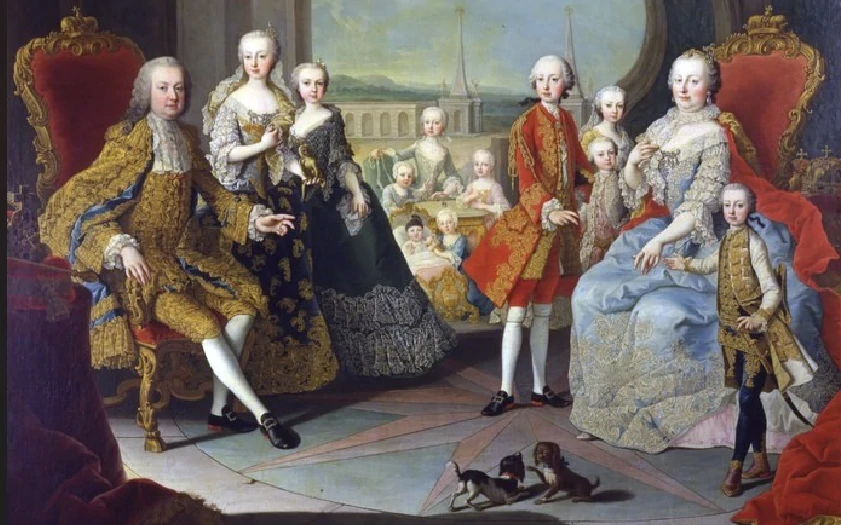Anna von Lieben or Cäcilie M. – hysterical women were common in Vienna at the turn of the century, but why were only women considered hysterical? What was an ovarian press used for and what does all this have to do with Dr. Sigmund Freud?
On the surface, Anna von Lieben could have been the happiest woman in the world. She grew up in the huge palace opposite the State Opera, the daughter of Eduard Todesco and Sophie Gomperz. Her father had the money and her mother had the beautiful spirit with which she successfully ran her salon. But while the men of the Gründerzeit became famous as bankers, patrons, scientists and inventors, the women were suffering from the fashionable civilization disease of the nerves, called hysteria. The term hysteria goes back to the ancient Greek word for uterus “hystéra”. This disease is said to have occurred primarily in women since ancient times. Early doctors believed that a uterus that was not regularly supplied with male semen would wander around the female body in search of sperm. It was thought that the uterus could become lodged in the woman’s head and cause severe psychological damage. Although in the 17th century. The questionable therapies, to which women were preferably subjected, were practiced well into the 19th century. still prescribed. Treatment methods ranged from exorcisms and inhaling the smell of burnt man or goat hair to electric shocks or the ovary press by the famous Parisian psychiatrist Jean-Martin Charcot. This was a kind of leather saddle into which the patient was lifted. The press was attached to her abdomen and Charcot and his followers thought they could fight the hysteria with it. He was also regarded as the inventor of hysteria. His most famous student was Sigmund Freud. He studied for some time with the “Napoleon of Hysteria” and became Charcot’s assistant in Paris. However, Freud turned away from him again after a while. Freud’s prima donna was Anna von Lieben. At 41, she was ten years older than him and was called Cäcilie M. in the case studies. She was one of his first patients. At the age of 18, Anna fled to her sister in London in the hope of not being married off. After falling ill, she returned to Vienna at the insistence of her parents and finally resigned herself to her fate by marrying Leopold von Lieben, the President of the Vienna Stock Exchange Chamber, who was twelve years her senior. They lived together on the second floor of Palais Lieben, which today houses Café Landtmann, one of Freud’s favorite cafés. Her treatment with Freud was extremely intensive and Freud always sat at the patient’s head. The therapy sessions sometimes took place several times a day for years, mostly in her palace and not in Berggasse, where Dr. Freud’s practice was located. How did the hysteria manifest itself in Anna’s case? After long past traumatic experiences came up in the course of speech therapy and everything was discussed, the pain subsided. Anna kept an analysis diary and Freud dared to formulate something previously unspeakable: namely that sexual desires, unfulfilled dreams and desire were often the real causes of many psychological ailments. And that neuroses are rooted in family relationships. Freud was able to learn a lot from Anna. She had previously been treated by Charcot, but his method of hypnosis did not work for Anna. That’s why she ended up with Freud, because no one knew what to do with her. After thirty years of hysterical behavior, inferiority complexes and depression, Anna von Lieben was addicted to morphine. She suffered a heart attack in 1900 and was only 53 years old.



